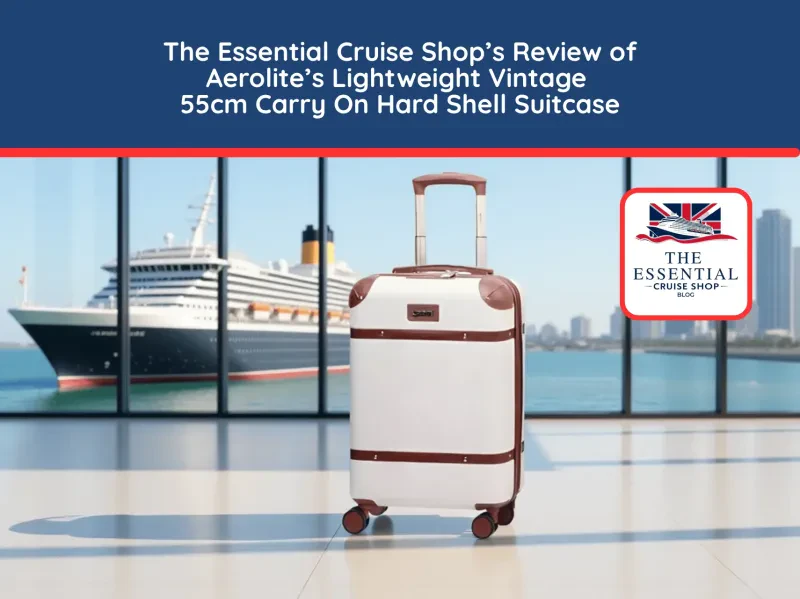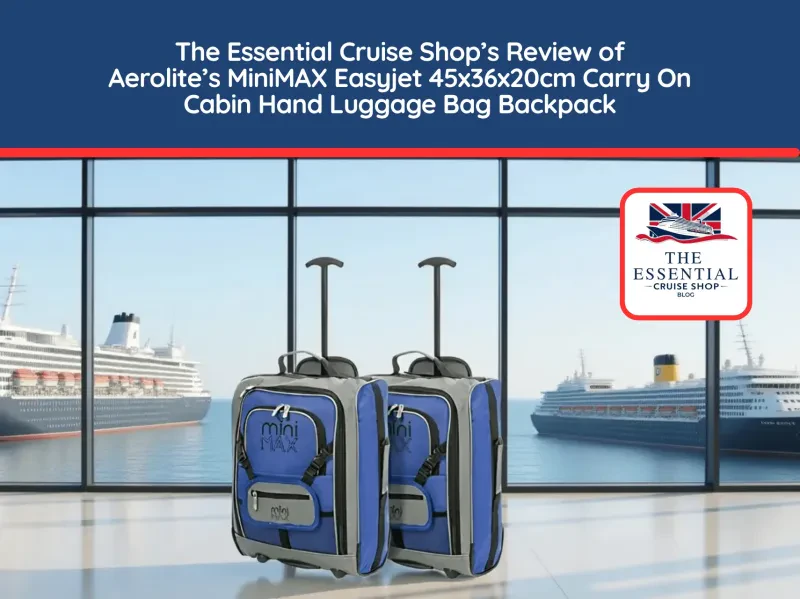From Totes to Suitcases: Luggage Evolution Unpacked
The history of travel bags dates back to ancient times when human beings embarked on their journeys, often carrying essential items with them. The earliest travel bags were simple pouches made from animal skins or woven plant materials. These primitive bags served a practical purpose; they allowed early travelers to transport food, tools, and personal belongings as they ventured into the unknown.
As civilizations evolved, so did the design of travel bags. In Ancient Egypt, travelers used bags crafted from linen and other fabrics to carry personal items. Wealthier individuals often adorned their bags with intricate designs or embroidery, showcasing their status. Meanwhile, the Greeks and Romans introduced more structured bags, including small satchels and backpacks, which made it easier for traders and soldiers to carry their goods efficiently.
During the Middle Ages, the invention of the saddle bag revolutionized travel. These bags were designed to be attached to horses, allowing for easier transport of goods over long distances. As trade routes expanded, so did the demand for durable and practical travel bags. Leather became a popular material due to its strength and weather resistance, leading to the creation of sturdy bags that could withstand the rigors of travel.
The Renaissance period brought further advancements in design. Bags began to include compartments and pockets, making them more functional for travelers. Tailors started producing bags with added features like closures and straps, enhancing their usability. By the time the 17th century rolled around, bags had become a staple not only for travelers but also for everyday citizens, reflecting a blend of style and practicality.
The Rise of Totes and Backpacks
Totes, known for their spacious interiors and open designs, have become a staple in everyday carry. Their ability to easily transition from day trips to weekend getaways makes them a favorite among those who value convenience. Modern totes often include multiple pockets and durable materials, capable of holding everything from a laptop to gym clothes. Fashion brands have jumped on the trend, creating stylish options that complement outfits while serving practical purposes.
Backpacks have also undergone a renaissance, moving beyond their academic roots to become a favored choice for all types of travel. With innovative designs and ergonomic features, contemporary backpacks prioritize comfort and ease. They come equipped with multiple compartments, allowing for organized packing, and are available in lightweight materials that reduce strain. This functionality makes them popular for commuter travel, hiking adventures, and even business trips.
As more people seek practicality without sacrificing style, totes and backpacks are reclaiming their places as go-to luggage options. Their adaptability and evolving designs cater to varying lifestyles and preferences, offering solutions for both daily needs and travel excursions. This shift highlights a broader trend in the luggage industry, where functionality and fashion blend seamlessly to meet the changing demands of modern consumers.
Innovations in Suitcase Design
Another significant development in suitcase design is the incorporation of smart technology. With features like GPS tracking, built-in charging ports, and even biometric locks, modern suitcases allow travelers to keep their belongings secure and accessible. Some innovations include app connectivity, enabling users to monitor their luggage's location and receive notifications if it strays too far from their side. These technological advancements not only provide peace of mind but also enhance the overall convenience of traveling.
Ergonomics has also taken center stage in suitcase design. The introduction of 360-degree spinner wheels allows for smooth maneuverability in crowded airports or bustling train stations. Additionally, adjustable telescoping handles with comfortable grips ensure that travelers can easily navigate their luggage without straining their bodies. These practical improvements reflect a growing awareness of the challenges travelers face and emphasize the importance of comfort and ease in every journey.
Lastly, the focus on sustainable materials and eco-friendly production methods is reshaping the luggage industry. Many brands are now committed to using recycled materials and reducing their environmental footprint. This commitment not only appeals to eco-conscious consumers but also sets a new standard for corporate responsibility in the travel sector. As suitcase designs continue to evolve, it’s clear that innovation fosters a more user-friendly, stylish, and responsible travel experience for everyone.
Future Trends in Luggage Choices
As we look to the future, the world of luggage choices is evolving rapidly, driven by technology, consumer preferences, and sustainability concerns. One of the most significant trends is the integration of smart technology into luggage design. We’re already seeing suitcases equipped with features like GPS tracking, built-in scales to avoid overweight fees, and even charging ports for our devices. These innovations not only enhance convenience for travelers but also provide a sense of security and peace of mind.
Another notable trend is the growing emphasis on sustainable materials. Eco-conscious consumers are increasingly seeking out luggage that is made from recycled or biodegradable materials. Companies are responding to this demand by creating products that not only minimize environmental impact but also maintain durability and style. From using recycled plastics to developing fabrics that are both sustainable and weather-resistant, the luggage industry is making strides towards a greener future.
Customization is also becoming a key factor in luggage choices. Travelers want their bags to reflect their personal style and preferences. Many brands now offer customizable options, allowing customers to choose colors, patterns, and even monograms. This trend is particularly popular among younger travelers who see their luggage as an extension of their identity. Personalized luggage not only stands out on the carousel but also makes a statement about the traveler's individuality.
Finally, the rise of the sharing economy is influencing how we think about luggage. Instead of purchasing expensive suitcases, some travelers are turning to rental services that provide high-quality luggage for a fraction of the cost. This trend is especially appealing for infrequent travelers or those who prefer to travel light. By renting instead of buying, travelers can enjoy the latest styles and features without the long-term commitment.



